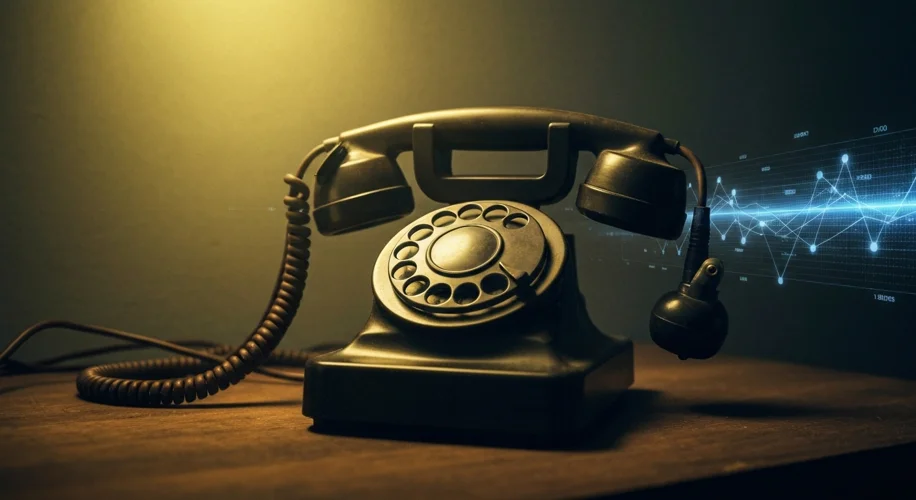The Silent Observer
We’ve all heard the news: AI-powered sensors might soon be able to monitor our every move, even within the supposed privacy of our own hotel rooms. It’s a thought that raises immediate questions about privacy, doesn’t it? As someone who spent decades sifting through the dusty records of technological progress, this development struck a familiar chord.
It’s easy to feel like these kinds of advancements are entirely new, but history offers a longer perspective. Let’s cast our minds back, not to the digital age, but much further.
From Listening Tubes to ‘Big Brother’
Think about the very early days of communication. The telegraph, born in the mid-19th century, was a marvel of its time, shrinking distances. But it also meant that messages, once carried by trusted individuals, were now traveling through wires. This raised early concerns about who might be ‘listening in.’ Governments and private companies quickly saw the potential for monitoring, and laws were eventually put in place to protect the privacy of telegraphic communications. I remember cataloging some rather heated debates from the 1880s about the sanctity of the telegraph line.
Then came the telephone. Suddenly, conversations weren’t just written words; they were voices, live and immediate. Early telephone systems were often manually switched, meaning operators could literally listen in. While not quite AI, this human element of potential eavesdropping was a significant privacy concern. It’s fascinating to see how documents from the early 1900s already grappled with the idea of ‘wiretapping’ and the right to private conversations.
The Cold War and the Rise of Electronic Eyes
As technology advanced, so did the sophistication of surveillance. The mid-20th century, particularly during the Cold War, saw a surge in both government and corporate interest in monitoring. Think about the early days of electronic surveillance – devices designed to capture sound, images, and even data. These weren’t always sophisticated algorithms, but they represented a significant leap in the ability to observe without direct human presence.
During my time as an archivist, I came across declassified documents detailing early experiments in audio surveillance and covert monitoring systems. These weren’t just about national security; they also hinted at the broader societal implications of technology that could ‘see’ and ‘hear’ without consent. The ingenuity of the engineers was often matched by the anxieties of the public about where these technologies might lead.
Parallels to Today
Today, with AI, the scale and capability of surveillance are vastly different. Instead of manual operators or clunky listening devices, we have sophisticated sensors and powerful algorithms that can analyze patterns and behaviors. The hotel room scenario is a stark reminder that the tension between technological advancement and personal privacy is a narrative that has unfolded throughout history.
Every new wave of technology brings with it questions about control, access, and the boundaries of our private lives. As AI continues to integrate into our environments, understanding these historical precedents can help us have more informed conversations about the kind of future we want to build – one where innovation serves us, without erasing our right to privacy.

